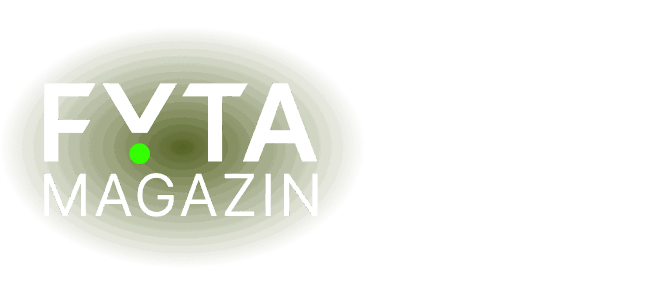Plants Like it Acidic

When it comes to soil fertility, pH values play a pretty central role. If it’s not monitored correctly, your soil substrate could be full of nutrients, but the plant still won’t absorb them; a good reason to take a closer look at your plant’s pH values.
As plant parents, we naturally want our plants to stay healthy and strong. A plant needs nutrients to thrive, which are sourced from water. The amount of minerals depends on how well the soil particles deliver the minerals associated with them to the water.
Soil is primarily composed of weathering products such as rock, lime, and organic decomposition products, i.e., humus. The cavities between these components are filled with water and air. This is where pH value comes into play: the minerals contained in the weathering and decomposition products are transported through the soil by the water in the cavities. At an ideal pH, they are only loosely bound to the soil particles and dissolve in water, allowing the relevant minerals to be easily absorbed by the plants.
The vast majority of plants like it slightly acidic. As plant scientists, we use a pH value of 5.5 as a guideline to having a healthy pH value. If the pH is too low or too high, the minerals are either not dissolved at all or in excessive quantities from the soil. Both are harmful to the plant. Do you want to know how exactly this under-or-over dissolving of minerals can occur?
Hydrogen makes all the difference.
Hydrogen is present in wet, slightly acidic soil with a pH of 5.5. The soil particles absorb the hydrogen and release minerals in return. In alkaline soil, hydrogen is scarce, and the soil particles have no reason to release minerals into the water, so the plant becomes mineral deficient and vegetates poorly.

It’s better to test pH values than your patience.
Don’t stress; smaller deviations from an ideal pH value between 5 and 6.4 have no direct harmful consequences. It becomes critical only when the pH falls below 4 or rises above 8. Values between 7 and 8 do not harm the plant directly, but they ensure nutrients such as iron, phosphate, and manganese cannot be easily dissolved from the soil. This eventually leads to deficiency symptoms, which we want to avoid at all costs.
Without further intervention, every solution, such as coffee or wine, but also compost or irrigation water, has a pH value, as does your substrate. It changes constantly depending on how you water or fertilize it.
At room temperature, pure water has a pH value of 7. Tap water contains calcium and, therefore, usually has a slightly higher pH value, making it more alkaline. It makes sense to control the pH value so it does not constantly rise. There is no need to panic if it reaches critical levels; there are ways to adjust the pH value higher or lower.
Tip: If you order the FYTA Beam in a bundle, you will receive a free pH kit to quickly check your soil beforehand. How do you do that? Our pH kit tutorial video walks you through the process step by step.






